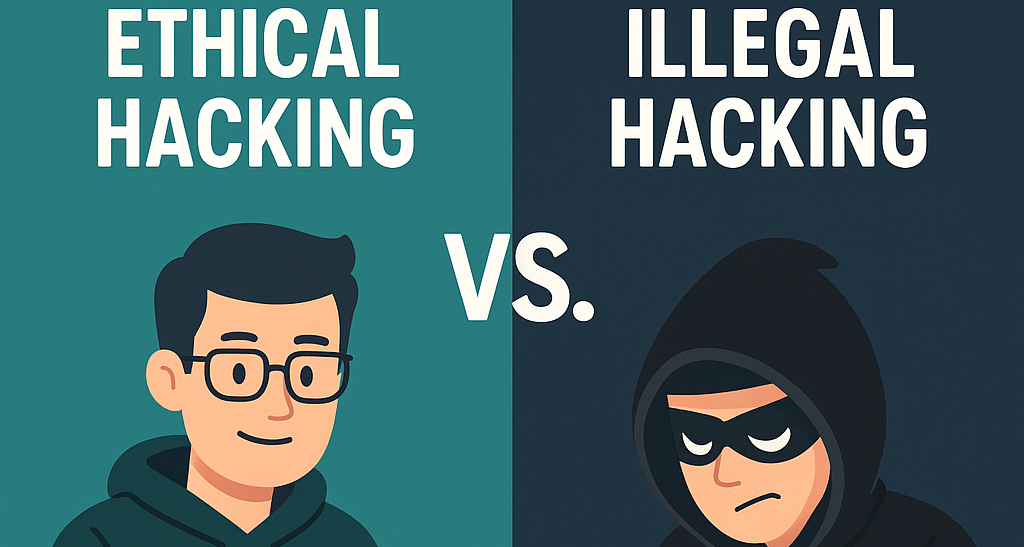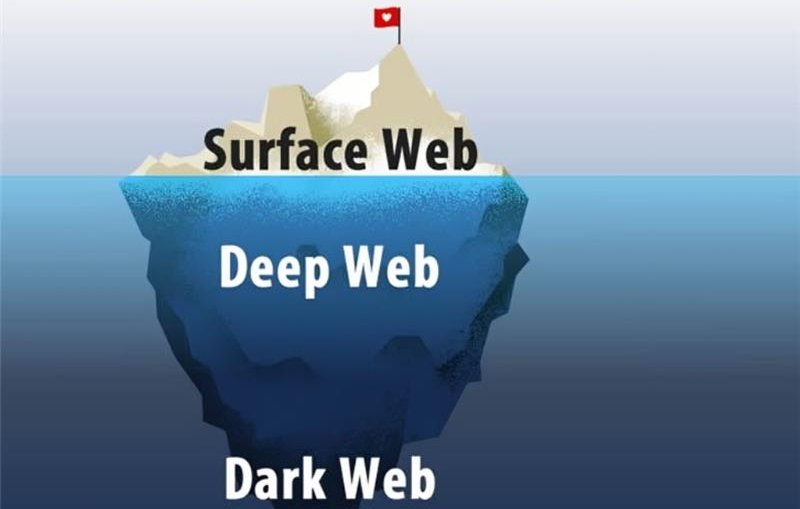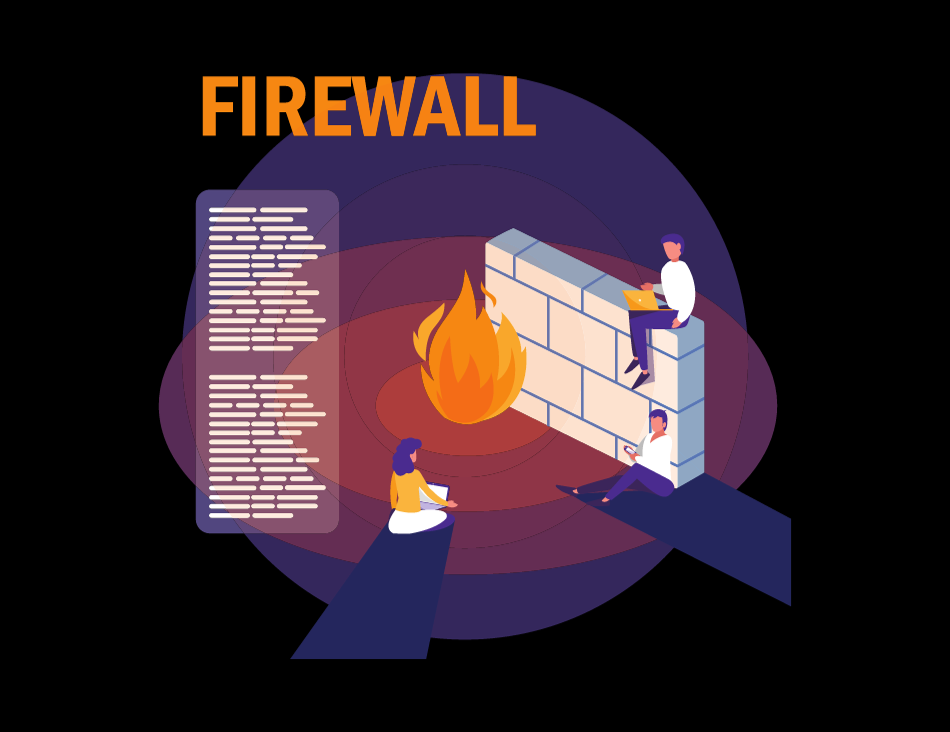Ethical hacking vs. Illegal hacking: A fine Line
The word “hacker” has an adverse reputation in the field of cybersecurity. However, not every hacker is a criminal. Some are in fact, defenders. Consent is often the key factor that separates ethical hacking from illegal hacking. It’s not just about the techniques used but the intention, and the legal boundaries that define what is acceptable and what is not. As cybersecurity threats grow more, there is a need to understand the legal and ethical dimensions of hacking becoming even more important. Organizations, governments and individuals must be able to understand the difference between ethical hacking and illegal hacking that can cause harm.

What is Ethical Hacking?
White hat hacking, often a synonym for ethical hacking, is the practice of lawfully breaking into systems to find vulnerabilities before Black hat hackers do. These professionals help organizations identify potential security risks, ways to mitigate them, and patch them before real attackers can exploit them and take benefit of those vulnerabilities in a negative way.
Key Characteristics:
- Permission based: Often through engagement letters or contracts.
- Goal: To sstrengthen security posture.
- Common roles: Penetration Testers, Cyber Security Analysts, Bug Bounty Hunters, etc.
- Tools: Nmap, Burp Suite, Nessus, Metasploit, Wireshark, etc.
- Compliance Oriented: They help organizations comply with security standards like ISO 27001, PCI-DSS, and HIPAA.
- Simulate Real World Threats: They often replicate APT style attacks or ransomware to assess preparedness.
Ethical hackers work on a clearly defined scope of engagement, which outlines the system they can test, the methods they can use, and how findings must be reported.
Example: To check for SQL injection vulnerabilities on their website, an organization employs an ethical hacker. The hacker reports exploitable vulnerabilities after unlawfully probing the application.
What is Illegal Hacking?
Unauthorized access to or exploitation of systems is known as illegal hacking, which is against laws such as the Computer and Fraud Act (US) and the IT Act (India). Illegal hackers, often called black hats, break into the system for personal gain, political motives, or simply for disruption.
Key Characteristics:
- No permission or legal backing.
- Goal: Theft, Disruption, and surveillance.
- Risk of causing irreversible damage, panic or data loss.
- Typically, anonymous use of VPNs, proxies or TOR to hide identity.
- Consequences include fines, jail time and being blacklisted globally.
Illegal hackers use techniques like phishing, malware, ransomware, or brute force attacks to gain access to systems. These actions may result in data breaches, identity theft, financial fraud and even national security threats.
Example: Unauthorized access to a healthcare database lets a hacker steal patient records, they can then sell on the dark web.
The Legal Line: What Makes the Two Different?
Since ethical hacking is done with consent, it is legal; in contrast, illegal hacking is done without consent and is against the law. One protects the other’s exploits; the distinction is intent and authorization. Even if similar tools are used, the presence of legal approval makes all the difference. The same action, for example scanning a network, can be legal in one context and illegal in another depending entirely on whether the consent was taken or not. That’s what makes the legal line so fine and so important.
Real-World Example
A security professional found the critical vulnerability in the government portal and reported it publicly before disclosing it to the authorities.
Indian laws related to hacking
- Section 66 of the IT Act 2000 addresses hacking and cybercrime.
- Section 43: Penalties for Data Damage and Unauthorized Access.
In certain situations, the India Penal Code (IPC) may also be applicable. Always follow the law.
Why are Ethical Hackers needed?
With the increasing threats like ransomware, APTs, and insider attacks organizations need ethical hackers more than ever. They act as the first line of defense by simulating real–world attacks.
Conclusion
Intent, authorization, and legality decide the boundary between ethical and illegal hacking. The moral and legal boundaries are essential, regardless of whether the instruments and methods may be identical. Always act with integrity, authorization, and accountability as a cybersecurity professional.




